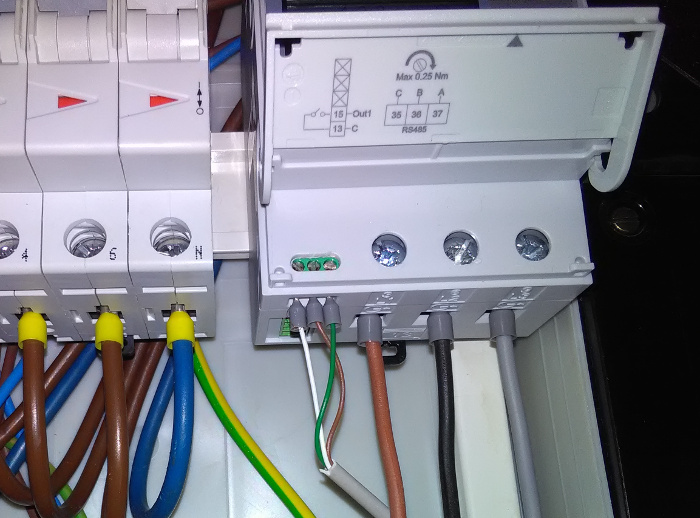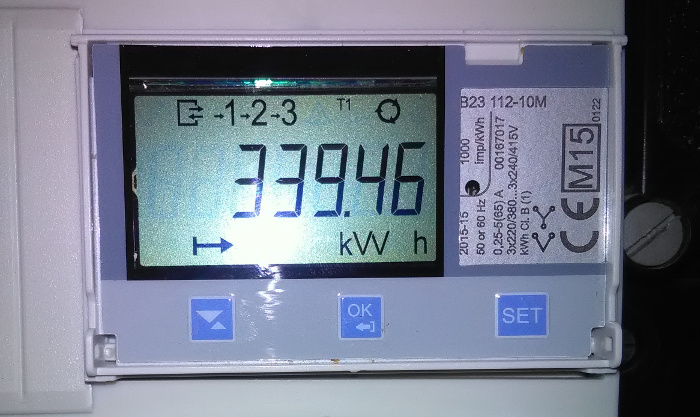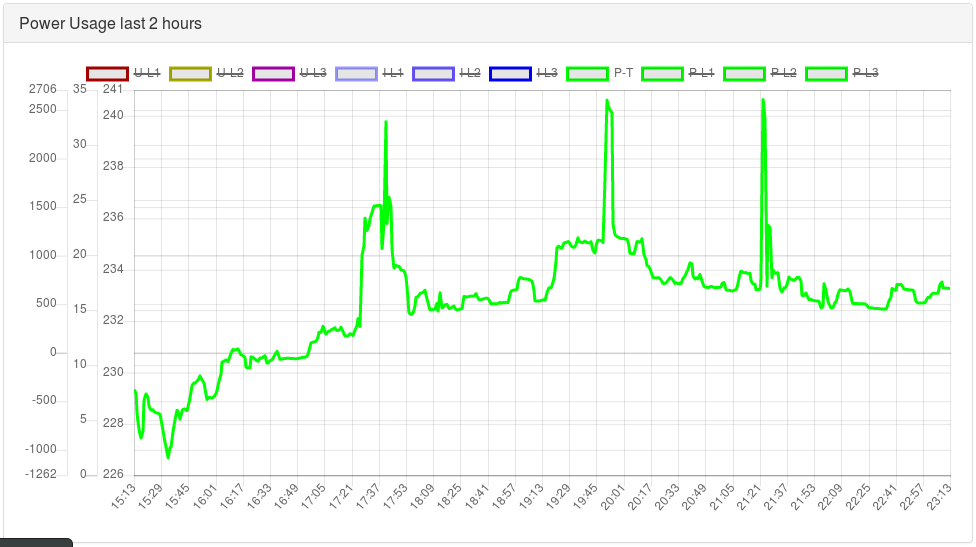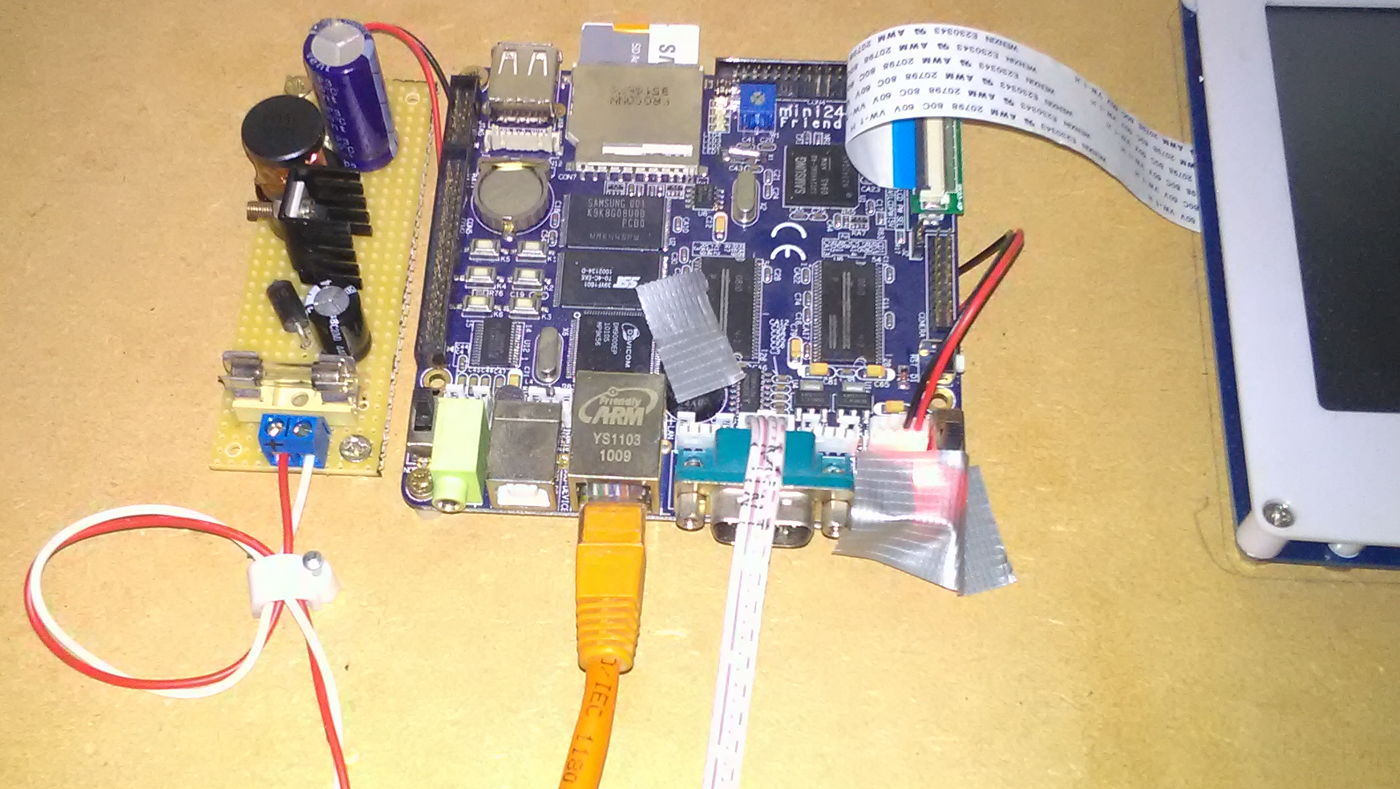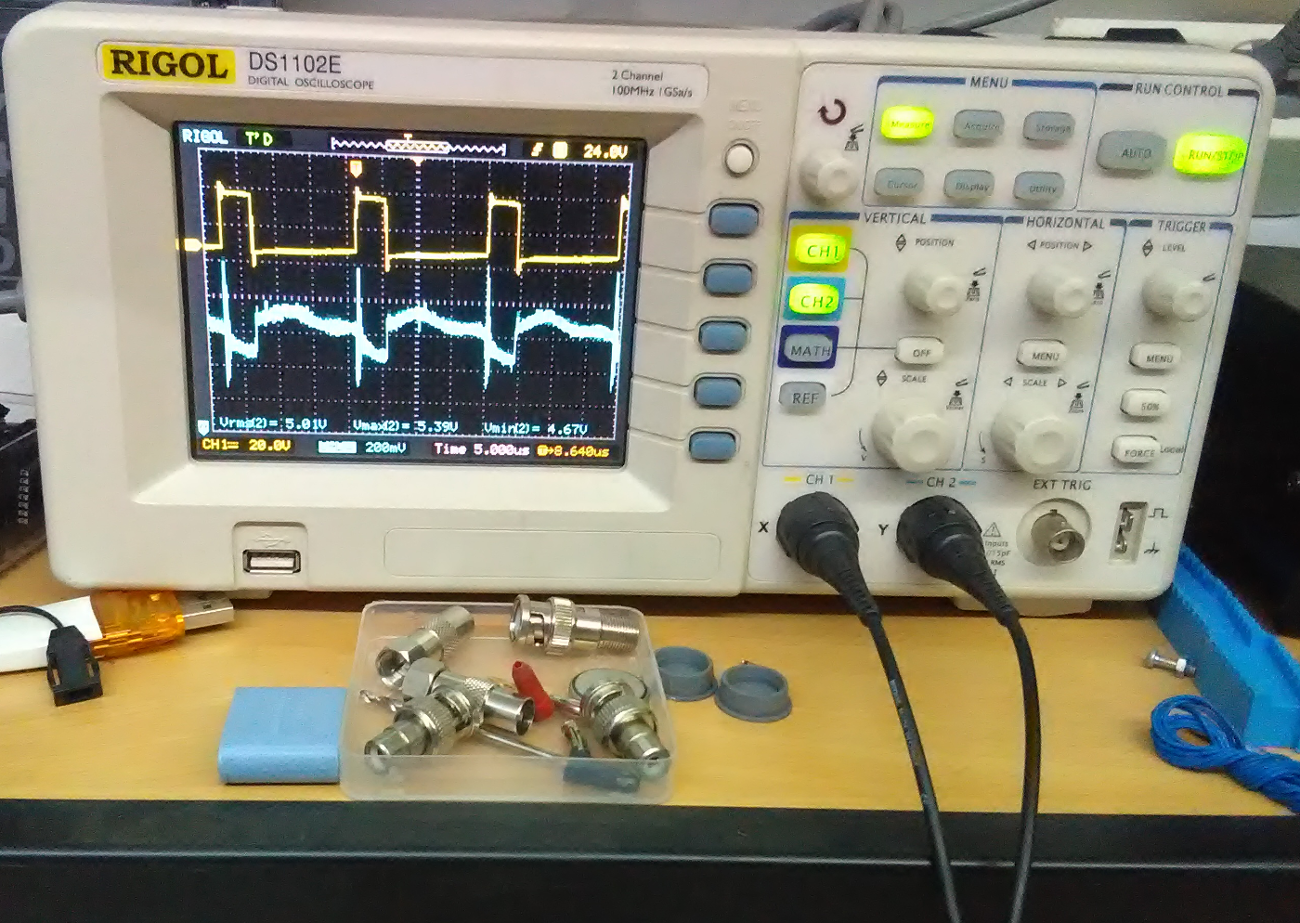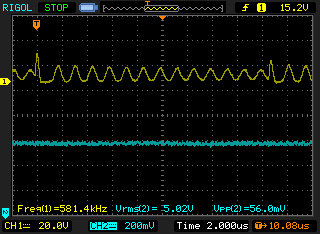CONCEPT MESSAGE.
Connecting to ABB B23 Modbus energymeter.
-
-
- Using Digitus USB-RS485 adapter
- A-B are swapped as found here
- No bus terminating resistors used (only 2 participants on bus, usb-rs485 and abb b23)
- User Manual found here
-
I have the USB-RS485 plugged into a Debian Linux pc system (x86_64). I used the ModPoll tool from modbusdriver.com for basic connection testing.
#./modpoll /dev/ttyUSB0 -b 9600 -p none -m rtu -a 1 -r 23296 -t 4:int -c 6
- Offset addres 23296 (or hex 0x5B00) should have L1-N voltage.
- Read 6 next values also (-c 6)
- Gave me L-to-N and L-to-L voltages.
Wrote a small C application to poll every second and write to MariaDB/MySQL database table. Should be possible to recompile for Raspberry-PI (ARM) to.
Uses libmodbus(-dev) and libmariadbclient(-dev).
See attachments.

